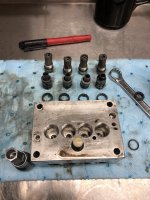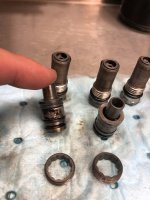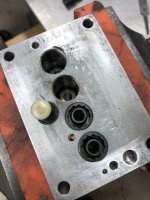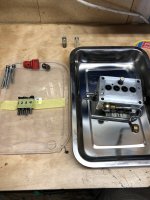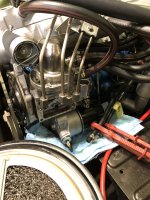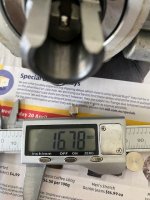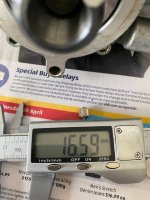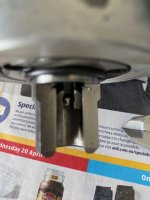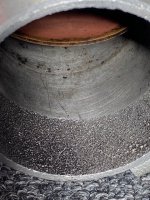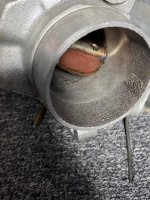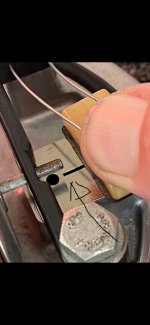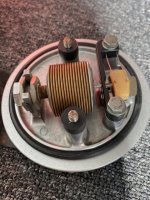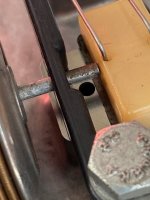Hi all.
Had a couple of test drives today after some adjustments. I turned the big screw on the pump head half a turn towards lean, and then adjusted the CO and air bypass screw til i had a steady idle on 900rpm, and got the following AFR result:
Idle: 14,5 on 900rpm
Cruising on low throttle: 9-10
Slow acceleration: From 9 to 12
Full throttle: It jumps up to 17-18 and it stops pulling, regardless of rpm, gear and speed. This is the same flat spot as i have mentioned earlier, but back then i thought it was flooding, but its the opposite, it doesnt get enough fuel.
If i adjust the big screw in the pump head half a turn towards rich, the flat spot is gone, but then it runs way too rich in the whole register.
I would have wanted it a little leaner than it is now, maybe around 13 like BIGRR mentioned, but its not really driveable since it doesnt get enough fuel on full throttle.
Had a couple of test drives today after some adjustments. I turned the big screw on the pump head half a turn towards lean, and then adjusted the CO and air bypass screw til i had a steady idle on 900rpm, and got the following AFR result:
Idle: 14,5 on 900rpm
Cruising on low throttle: 9-10
Slow acceleration: From 9 to 12
Full throttle: It jumps up to 17-18 and it stops pulling, regardless of rpm, gear and speed. This is the same flat spot as i have mentioned earlier, but back then i thought it was flooding, but its the opposite, it doesnt get enough fuel.
If i adjust the big screw in the pump head half a turn towards rich, the flat spot is gone, but then it runs way too rich in the whole register.
I would have wanted it a little leaner than it is now, maybe around 13 like BIGRR mentioned, but its not really driveable since it doesnt get enough fuel on full throttle.

